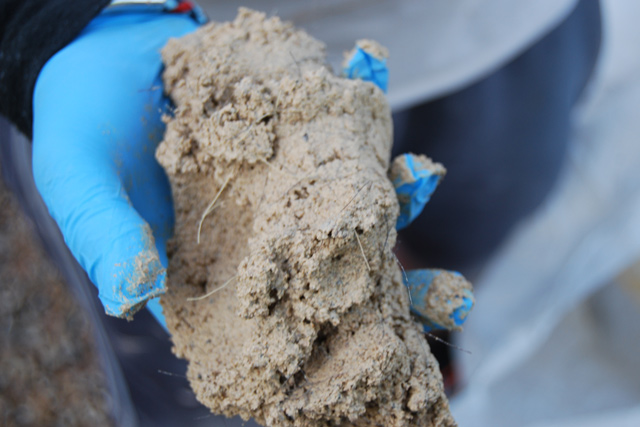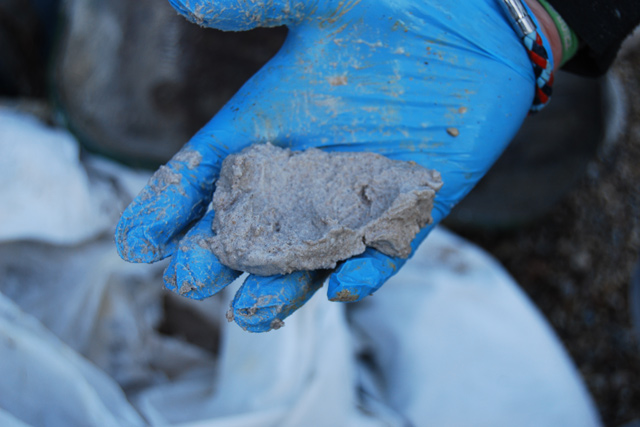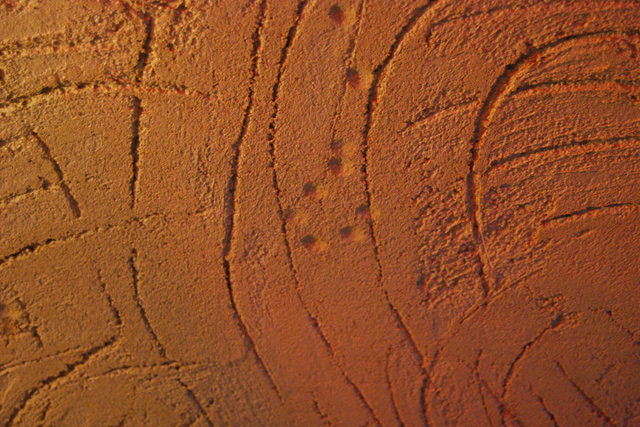Wednesday 28 January 2015
Refurbishment
One area we have painstakingly looked to restore is the downstairs ceiling that spans across our restaurant and reception.
The original ceiling has been there for hundreds of years and, as you might imagine, needed to be replaced. Unlike today’s ceilings that are usually made from plasterboard, the current ceiling was constructed from a mixture of lime and horsehair. This unusual-sounding mixture was actually very popular at the time the hotel was constructed, with the horsehair used to knit the putty-like mixture together.
To ensure we kept true to the building’s roots and to comply with conservation requirements, we needed to replace like for like and turned to local plasterer Steve Saxton. Based near Chipping Norton, Steve is one of only a handful of craftsmen left with the skills to plaster using the traditional horsehair and lime mixture.
The process is a time-consuming one, taking much longer to complete than a modern ceiling but Steve took some time away from his trowel to tell us more about the plastering process and the attention to detail involved.
"In order to replace the existing ceiling, we have to create a new base of wooden strips on which to apply the lime and horsehair mix. Typically around 30cm long and made from larch, each wooden strip is nailed in place, set a finger-width apart.
We then smooth the lime and horsehair mix, known as BMH, over the lath strips. We use our fingers to hook the putty around the back of the strips, compressing it as hard as we can to the wood to bond it all together. We continue this process until the strips are covered in the plaster, and then apply a further layer to build up the ceiling to specified level.
Once this layer has been applied, we skim the ceiling with a coat of TRP, which is a normally blended putty. This is a much lighter colour than the BMH, allowing the ceiling to be finished and painted easily.
Each section of the ceiling takes about 10 days to dry. It’s important the plaster doesn’t dry too quickly, so we spray the ceiling every day with water to prevent cracks and to regulate the drying process. By doing this, we ensure that the plaster will dry naturally and, most importantly, will be robust and safe. My team and I then test the progress each day by hand, checking the integrity of the plaster by pushing our fingers against the mix.
An incredible six tonnes of lime is needed to create the plaster for the ceiling alone! There are only a few companies in the UK that still produce the lime and horsehair putty mix, but I’m delighted to say that materials are local, coming from a specialist producer in Cheltenham."
We’re really pleased with the hard work and care that’s gone into replacing the downstairs ceiling. Once it’s finished, it’s unlikely that you’ll be able to tell the difference between this traditional finish and a more modern one. However, by utilising original methods that have been used for over hundreds of years, we’re glad that we’re able to keep traditions alive and complement the unique features of the inn.




